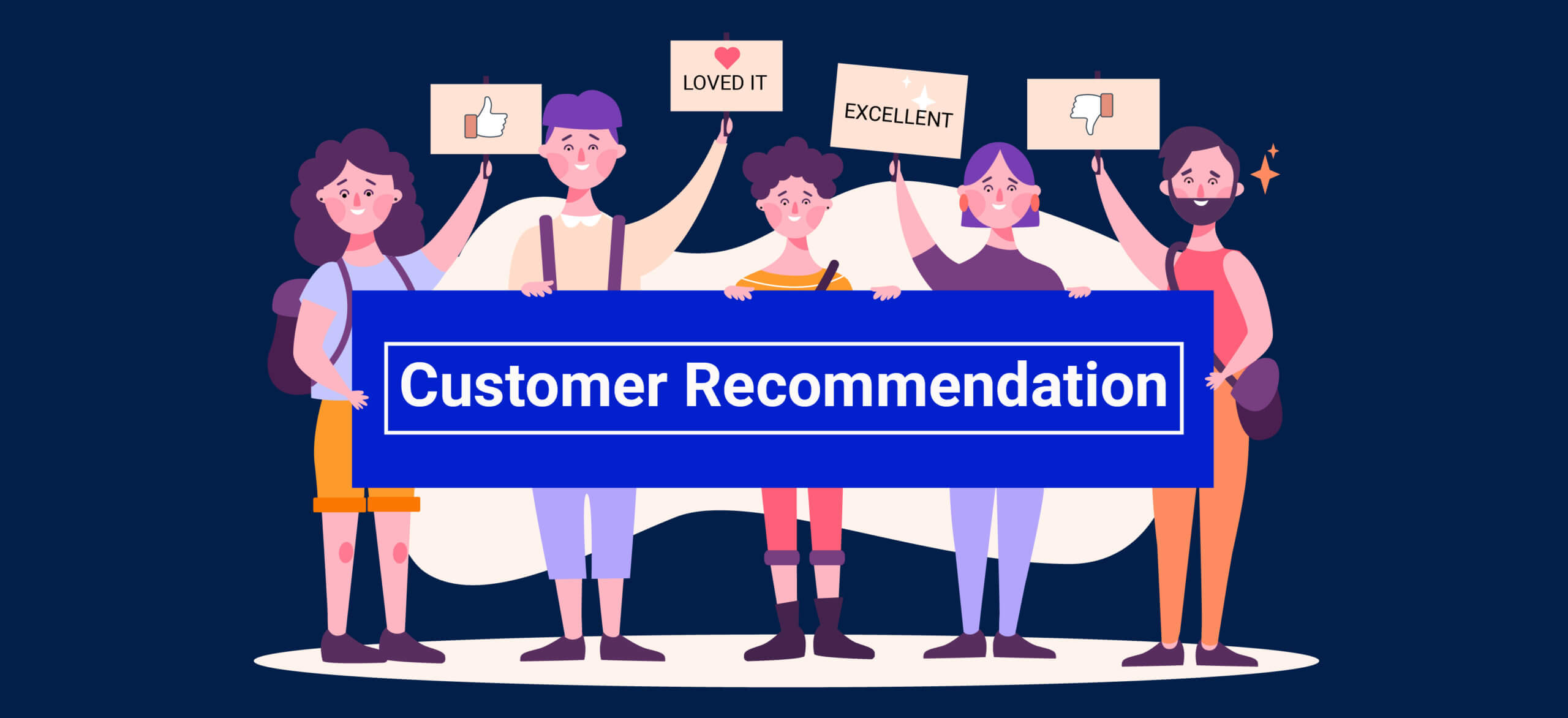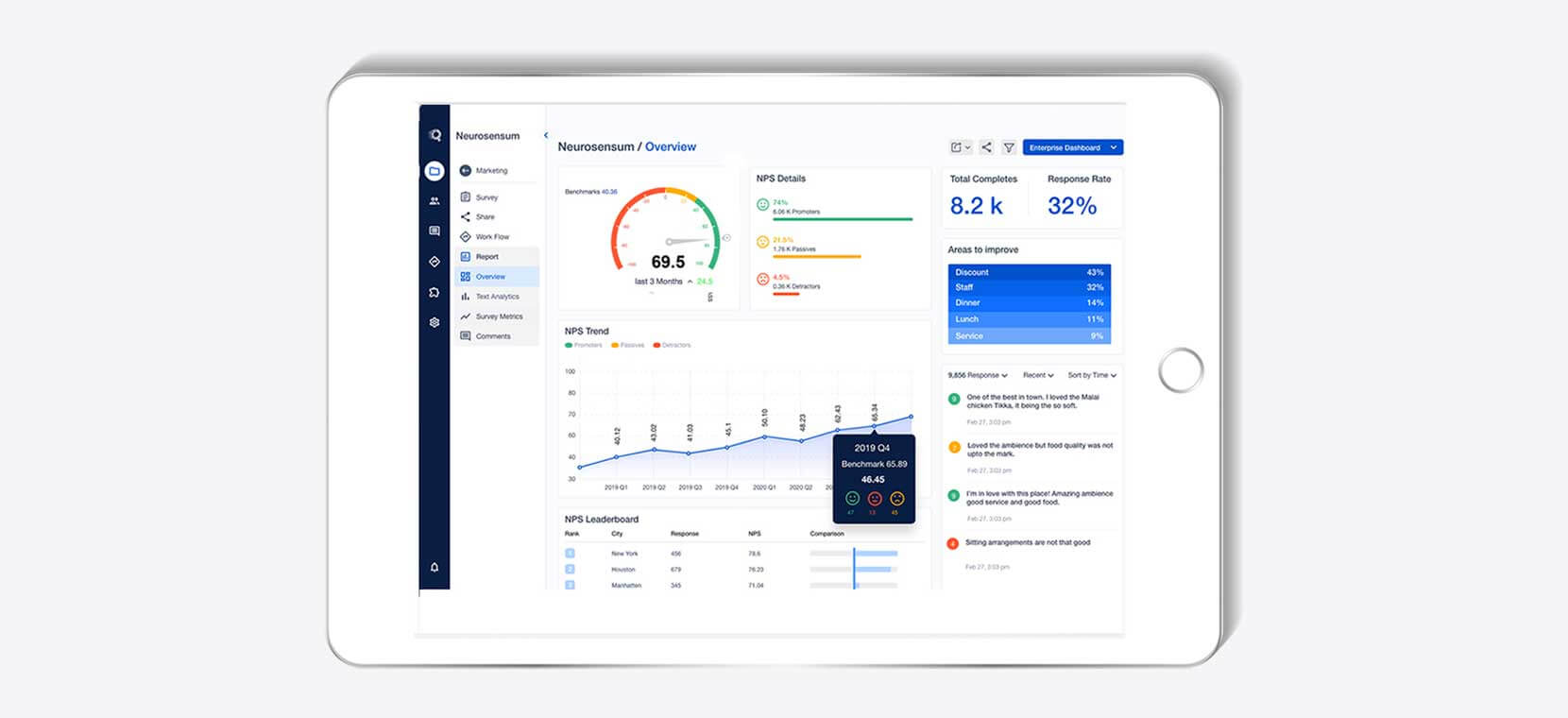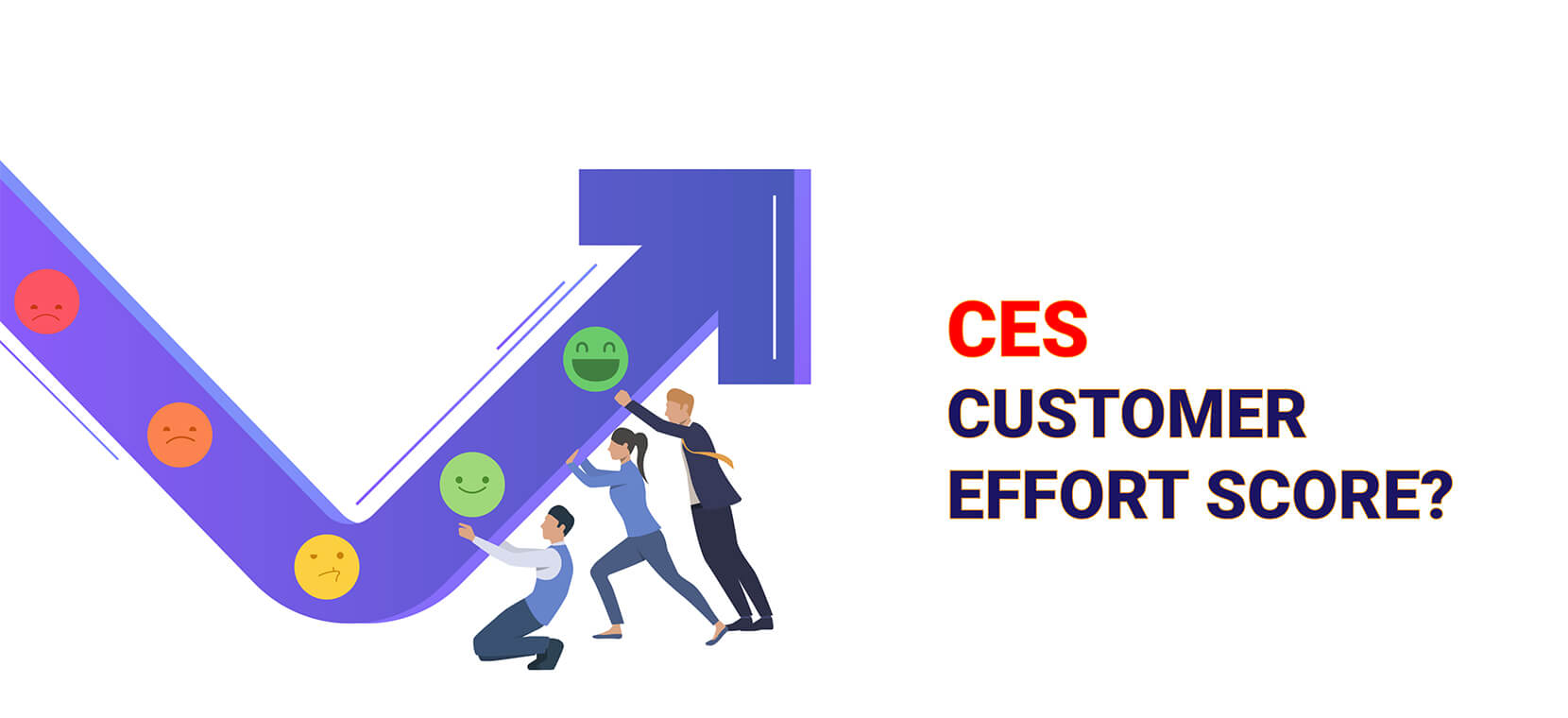
The average customer has at least 6 powerful channels to voice their opinion. That is when we are counting only the most popular social networking portals and peer-to-peer review websites.
In fact, thanks to influencer marketing, customers are not even turning to build their own blogs, podcasts, and YouTube channels to praise or punish brands.
The internet has empowered modern-day customers to voice their opinions without any restraint. Positive, negative, or neutral, customers find it easy to make their opinion heard and felt.
Businesses have long since learned about this phenomenon. That is why they have started counting big on survey tools like Net Promoter Score and Customer Effort Score.
These tools try to measure a customer’s loyalty and the likelihood of them referring the business to their near and dear.
The power of customer recommendations
What is a customer recommendation? What makes it so powerful?
This is one question that could probably be running through your mind now.
A customer recommendation is an unpaid and voluntary recommendation that a customer makes to their near or dear about the business.
It could be positive, negative, or neutral. In NPS parlance, they are segmented as Promoters, Passives, and Detractors.
When it comes to new prospects who are searching for a product or service, there is always this nagging doubt lingering in the back of their minds, “Is this the best option?” They need reassurance that their choice is good and worth spending money on.
It is here customer recommendation comes into play. It acts as the final nudge that converts the prospect into a paying customer.
That is the power of customer recommendation. It can make a prospect sitting on the fence make an informed and confident decision.
The strange thing about customer recommendation is that only when customers are routinely impressed by the customer experience they receive, do they start recommending the experience to others.

Why is customer recommendation so important?
According to a Neilsen study conducted in 2012, “92% of all consumers report that a word-of-mouth recommendation is the “leading reason they buy a product or service”.
Word-of-mouth recommendation is perhaps the best example of a customer recommendation. We will cover more shortly. Before that,
Here are 3 reasons that make customer recommendations important for any business.
- Positive review = Profitability
- Reduces Marketing Costs
- Boosts CLTV

Positive review = Profitability
Five-star ratings. Customer testimonials on websites. Awards and recognitions. These visual cues strike a chord in the hearts of customers.
They instill confidence that they are going to spend their hard-earned money on something that several other customers approve of.
Reduces marketing costs
Customer recommendations are marketing collaterals in disguise. They can be used as strong points in new sales presentations and sales collaterals when pitching a product or service to new prospects.
In fact, it is even possible to cherry-pick specific points from the customer recommendation and use them contextually as sales collaterals to win the prospect’s attention and confidence.
Boosts CLTV
CLTV (Customer Lifetime Value) is a metric that aims to calculate the revenue a business should be able to generate from a customer throughout the entire future relationship with a customer.
A customer who has given a recommendation has a longer CLTV. A longer CLTV, in turn, means reduced marketing costs, reduced support, and maintenance costs, and more revenue per customer.
How to win customer recommendations?
Customer recommendations are a true sign of customer loyalty. Only loyal customers would spend the time and energy to write a good recommendation or speak well about a business openly.
However, customer loyalty is not an easy task. According to common industry benchmarks for NPS scores, most businesses struggle with a good number of detractors than promoters or passives.
In fact, it is difficult to turn detractors into passives and ultimately promoters. This is primarily because detractors are probably customers who must have experienced poor customer service in the past.
As a result, there is a large chance that they will give negative customer recommendations. Turning these detractors into promoters requires a huge deal.
Here are some ways that your business can win customer recommendations, even from detractors.
Ask for it
7 out of 10 customers would leave a review if they’re asked to (Broadly infographic).
In other words, if you are hesitant about asking for customer recommendations, don’t be. The majority of customers are willing to provide customer reviews, provided the business asks for them.
In fact, customers prefer dealing with businesses that collect their feedback and work on it.
So, asking for customer recommendations can work in your business’s favor in twofold ways — it gets them to respond and also gives insights into what they feel about the business and its offerings and also what needs to improve.
Incentivize the process
Broadly, customer recommendations are voluntary in nature and are not paid for monetarily.
However, it is perfectly alright to incentivize the customer recommendation-gathering process.
For example, you can give gift vouchers to a customer for publishing customer recommendations on a review website or on social portals.
Alternatively, you can also run full-length case studies, parts of which can be used as customer recommendations.
Here is what a testimonial image would look like:
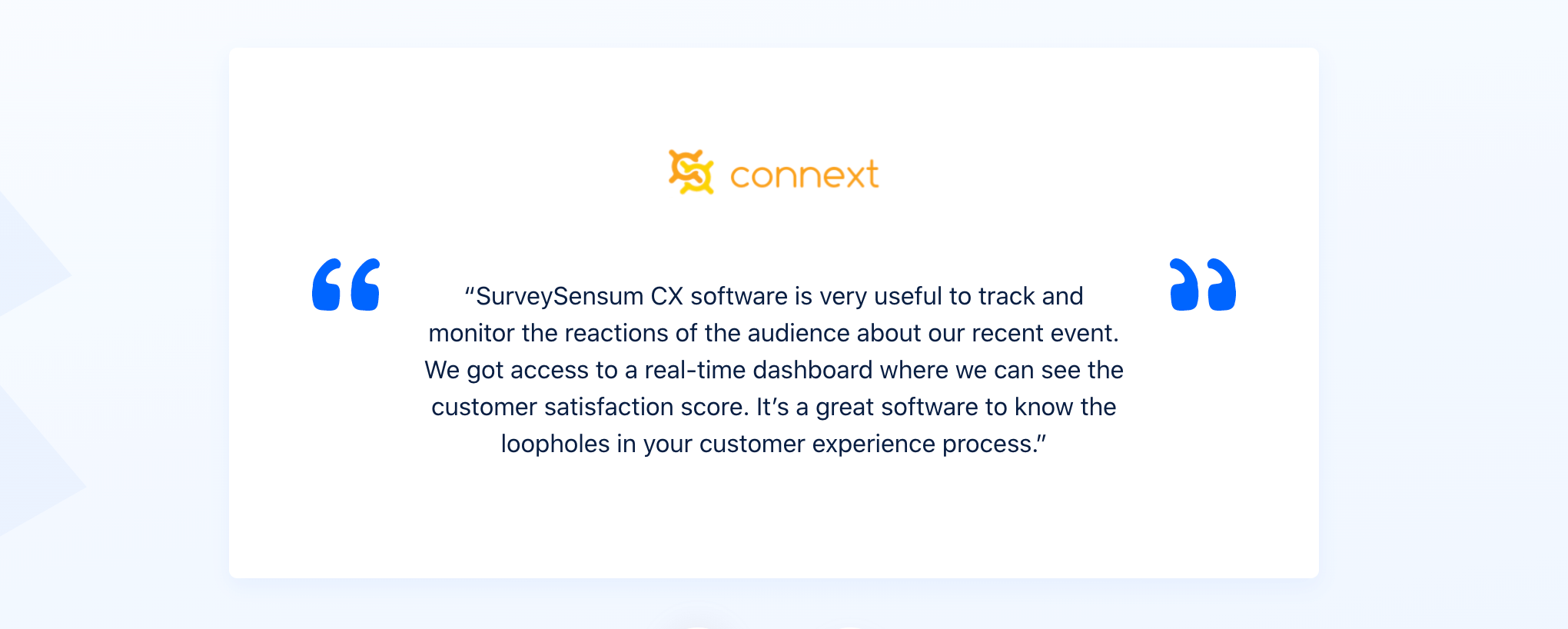
Respond to customer queries
Customer queries that come in through support portals, emails, social media channels, or even phone channels are gateways to customer recommendations. Conversations in these channels begin as issues that the customer wants to resolve.
If they are resolved quickly, the customers can be asked to leave a positive note (a recommendation) for the customer service or for the product.
How to maximize word-of-mouth-marketing customer recommendations for your brand?
Word-of-mouth (WOM) marketing is the sharing of customer recommendations through verbal communication. It happens when customers share their positive experiences with a brand with a friend, relative, or any other peer.
For example, X shares the interactive shopping experience with Y during a coffee chat.
Word-of-mouth marketing is more personal and direct. As a result, it is also more persuasive too.
In fact, studies have shown that WOM drives at least $6 trillion of annual consumer spending and is estimated to account for 13% of consumer sales. [Source: Invespcro]

Given the importance of WOM marketing, it is imperative to make the best use of it. Here are some strategic ways you use word-of-mouth marketing reviews.
Encourage User-generated Content (UGC)
User-generated content is largely customer reviews and ratings that are shared across the internet. Although WOM refers to direct orally shared recommendations.
In today’s internet-driven world, UGC is the best alternative for WOM. In fact, we can consider it to be as good as word-of-mouth marketing.
User generated content is considered to be the most authentic form of customer recommendations since it is created by users who have already used the product or have in-depth knowledge about it.
Owing to this fact, 86% of millennials consider UGC as a good indicator of a brand’s trustworthiness.
Here are some ways you can garner more UGC for your brand:
- Create a unique hashtag that can be used by customers while they are referring to your product
- Create a community of users where they can, share, interact, or even promote their own unique ways of using the product or service.
For example, Crocs, the casual shoemaker uses the hashtag #ComeAsyouAre to create a buzz around its products.
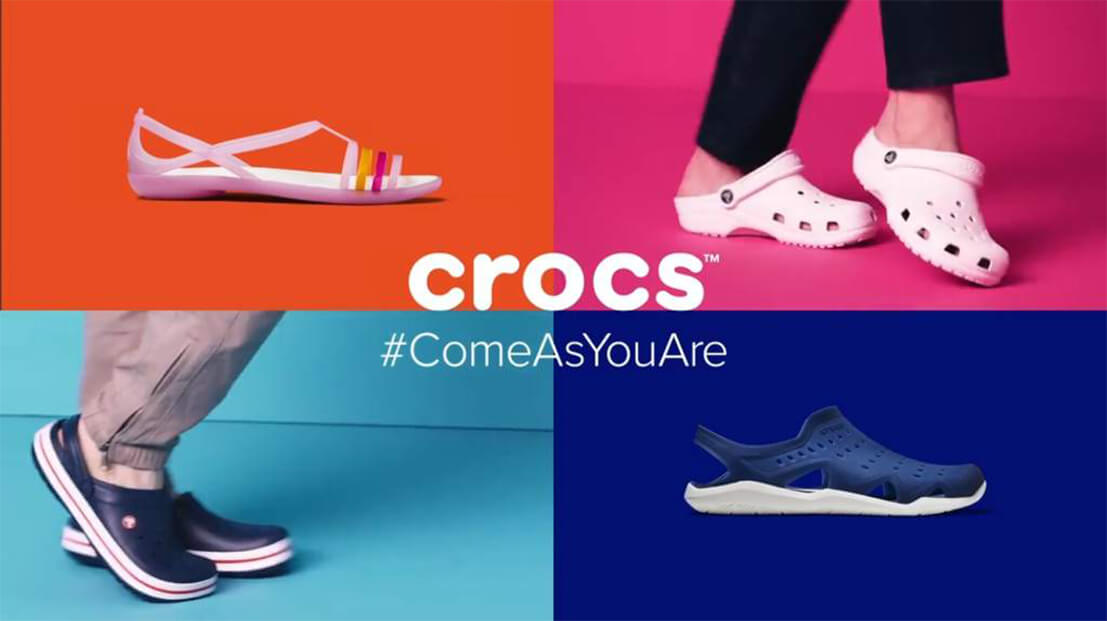
Share testimonials or customer reviews
The power of WOM increases when the brand itself shares testimonials or reviews. For instance, it is common practice to praise or punish a brand through Twitter.
There are also other platforms like Google My Business, Yelp, G2, Clutch, etc. where customers can write their reviews.
These reviews can be gathered and shared on the website, social media handles or even featured as case studies.
Doing so turns the already-created testimonials and customer reviews into social proof that prospects can count on before making a final decision.
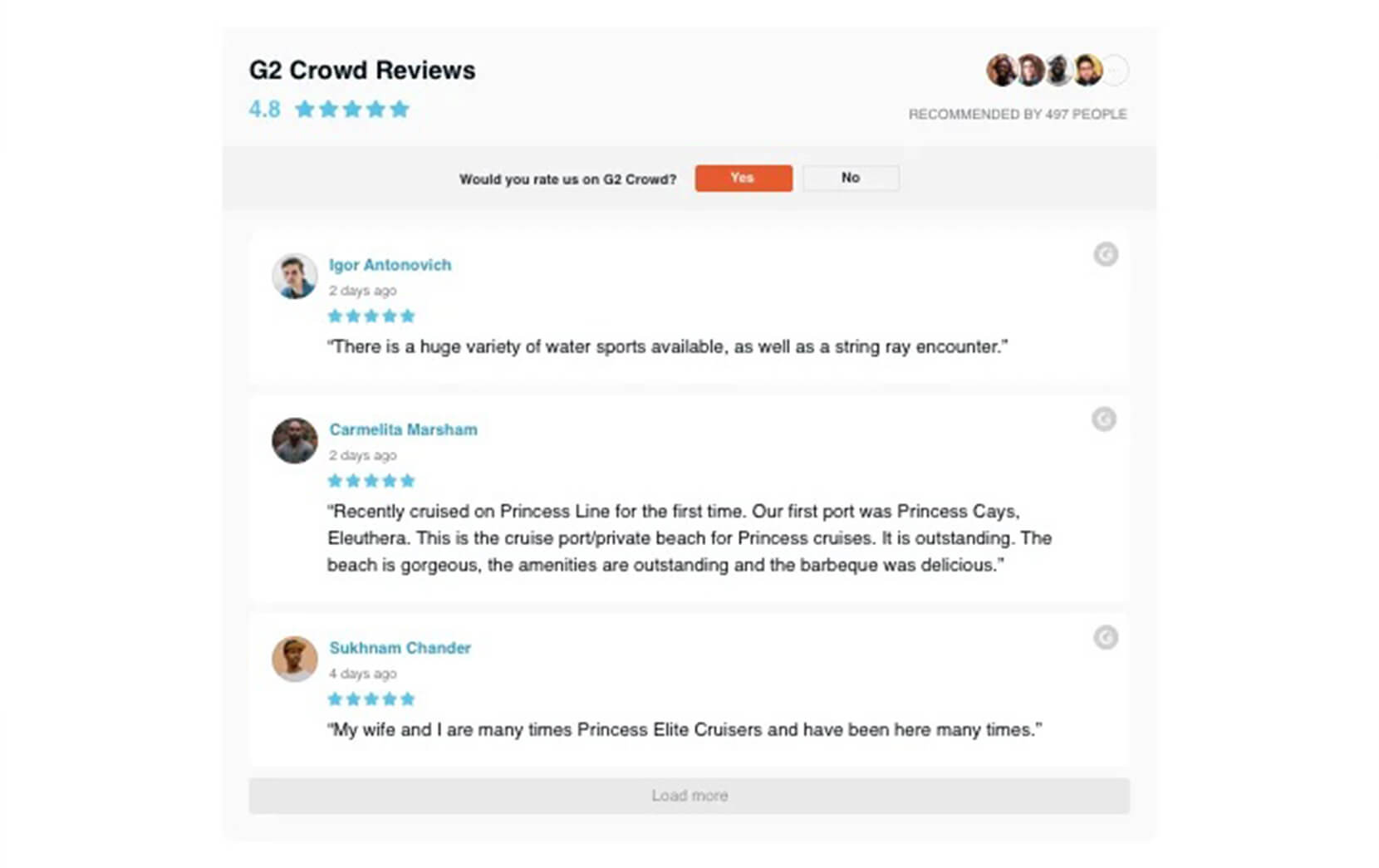
Create a referral program
A referral program is a systematic way of making your existing customers refer new customers to your business. For the act of referring new customers, the referring customers are provided more features or incentives.
- The benefits of a referral program are that:
- It spreads quickly amidst masses
- It is possible to measure the impact with accuracy
- It creates a win-win situation for both the parties
A classic example of a referral program is the Tesla referral program.
For qualifying referrals, Tesla owners get a wide variety of referral rewards like exclusive tours of the Tesla factory, attending grand opening parties, and the right to purchase exclusive models like the 5 QRs. Referees’ rewards include up to 10 $1,000 discount vouchers.
With its referral program, Tesla was able to achieve up to a 42x increase on every dollar spent on their referral program.
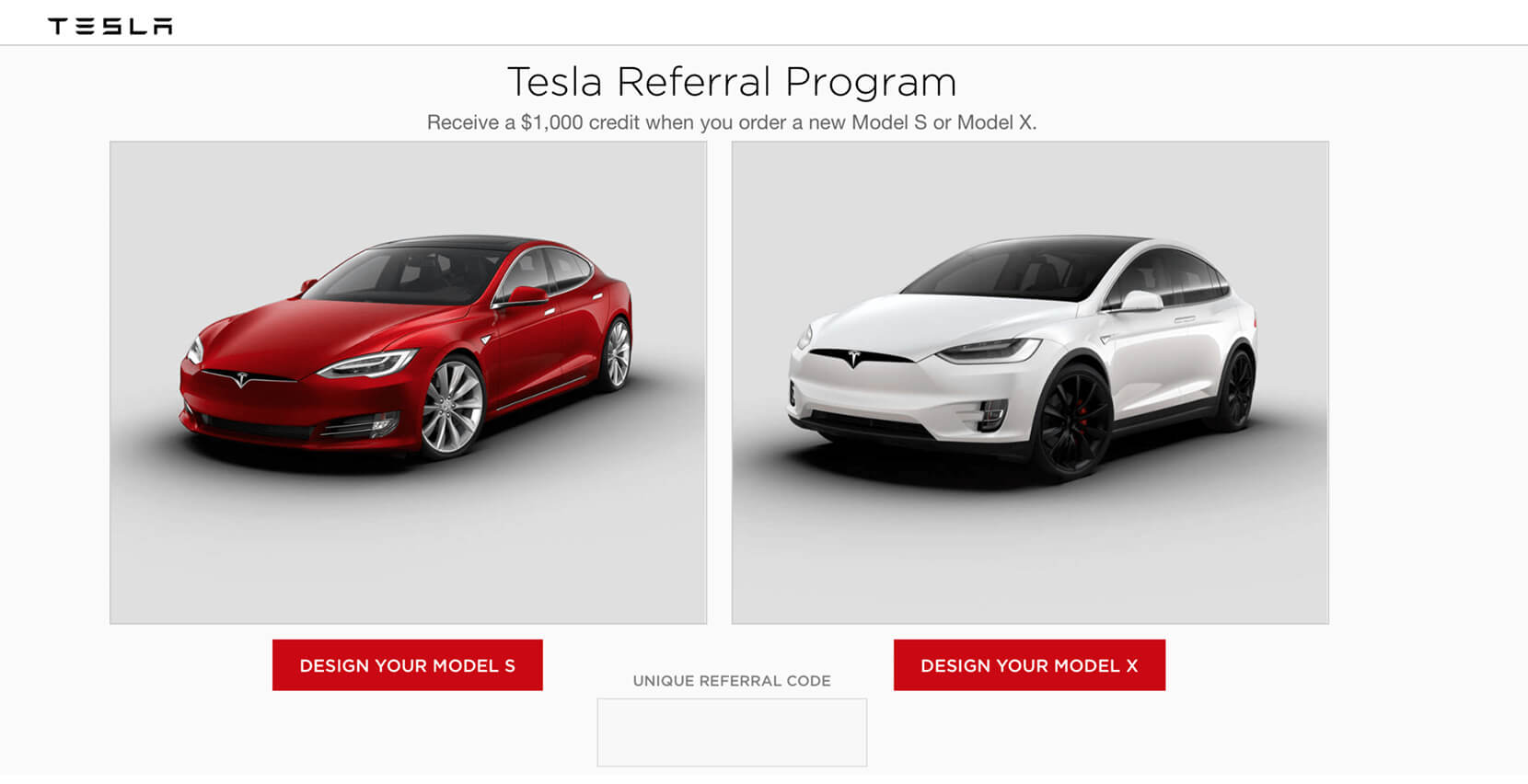
In a nutshell
More than 62% of customers read online reviews and recommendations before making a buying decision.
More than 90% of customers believe in the brand recommendations that their friends provide. Customer recommendations are a force to reckon with for more business.
Positive customer recommendations can boost your revenue significantly. There are several ways of collecting customer recommendations. The internet has opened up several channels through which you can gather word-of-mouth recommendations from customers.
It is up to your business to make the best use of them.







